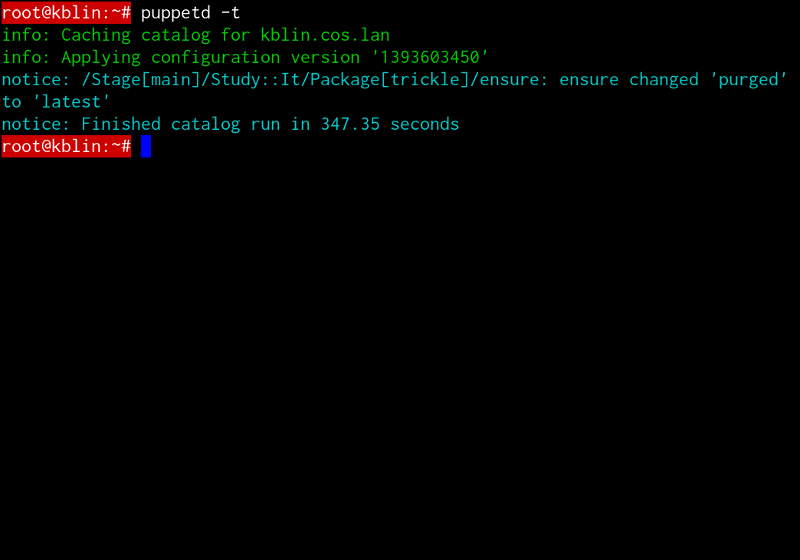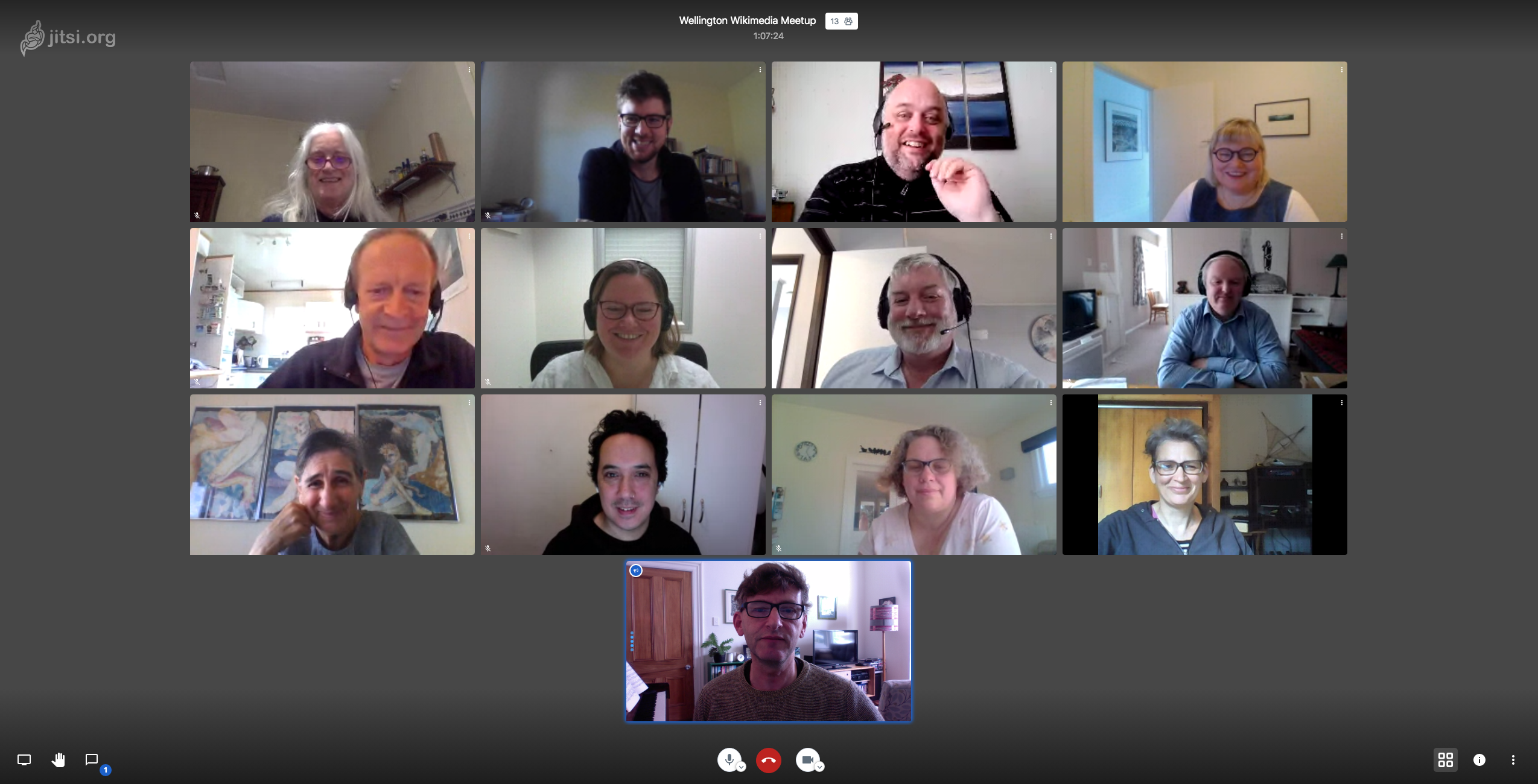|
HOCON
HOCON, or Human-Optimized Config Object Notation is a format for human-readable data, and a superset of JSON. Uses of HOCON * It is primarily used in conjunction with the Play framework, and is developed by Lightbend. * It is also supported as a configuration format for .NET projects via Akka.NET and Puppet. * TIBCO Streaming: HOCON is the primary configuration file format for the TIBCO Streaming family of products (StreamBase, LiveView, and Artifact Management Server) as of TIBCO Streaming Release 10. * It is also the primary configuration file format for several subsystems of Exabeam Advanced Analytics. * Jitsi uses it as the "new" config system and .properties-Files as fallback See also * JSON * TOML * YAML YAML ( and ) (''see '') is a human-readable data-serialization language. It is commonly used for configuration files and in applications where data is being stored or transmitted. YAML targets many of the same communications applications as Exte ... References Data ... [...More Info...] [...Related Items...] OR: [Wikipedia] [Google] [Baidu] |
JSON
JSON (JavaScript Object Notation, pronounced ; also ) is an open standard file format and data interchange format that uses human-readable text to store and transmit data objects consisting of attribute–value pairs and arrays (or other serializable values). It is a common data format with diverse uses in electronic data interchange, including that of web applications with servers. JSON is a language-independent data format. It was derived from JavaScript, but many modern programming languages include code to generate and parse JSON-format data. JSON filenames use the extension .json. Any valid JSON file is a valid JavaScript (.js) file, even though it makes no changes to a web page on its own. Douglas Crockford originally specified the JSON format in the early 2000s. He and Chip Morningstar sent the first JSON message in April 2001. Naming and pronunciation The 2017 international standard (ECMA-404 and ISO/IEC 21778:2017) specifies "Pronounced , as in 'Jason and The ... [...More Info...] [...Related Items...] OR: [Wikipedia] [Google] [Baidu] |
TOML
TOML is a file format for configuration files. It is intended to be easy to read and write due to obvious semantics which aim to be "minimal", and is designed to map unambiguously to a dictionary. Its specification is open-source, and receives community contributions. TOML is used in a number of software projects, and is implemented in many programming languages. The name "TOML" is an acronym for "Tom's Obvious, Minimal Language" referring to its creator, Tom Preston-Werner. Syntax TOML's syntax primarily consists of key = value pairs, ection names/code>, and # (for comments). TOML's syntax somewhat resembles that of . INI files, but it includes a formal specification, whereas the INI file format suffers from many competing variants. Its specification includes a list of supported data types: String, Integer, Float, Boolean, Datetime, Array, and Table. Example # This is a TOML document. title = "TOML Example" wnername = "Tom Preston-Werner" dob = 1979-05-27T07:32:00-08:00 # ... [...More Info...] [...Related Items...] OR: [Wikipedia] [Google] [Baidu] |
Play (framework)
Play Framework is an open-source web application framework which follows the model–view–controller (MVC) architectural pattern. It is written in Scala and usable from other programming languages that are compiled to JVM bytecode, e.g. Java. It aims to optimize developer productivity by using convention over configuration, hot code reloading and display of errors in the browser. Support for the Scala programming language has been available since version 1.1 of the framework. In version 2.0, the framework core was rewritten in Scala. Build and deployment was migrated to SBT, and templates use Scala instead of Apache Groovy. History Play was created by software developer Guillaume Bort, while working at Zengularity SA (formerly Zenexity). Although the early releases are no longer available online, there is evidence of Play existing as far back as May 2007. In 2007, pre-release versions of the project were available to download from Zenexity's website. Motivation Play is he ... [...More Info...] [...Related Items...] OR: [Wikipedia] [Google] [Baidu] |
Lightbend Inc
Lightbend, formerly known as Typesafe, is a company founded by Martin Odersky, the creator of the Scala programming language, Jonas Bonér, the creator of the Akka middleware, and Paul Phillips in 2011. It provides an open-source platform for building reactive applications for the JVM, consisting of the Play Framework, Akka middleware and Scala programming language, with additional supporting products and development tools such as the Slick database library for Scala and the sbt build tool. Lightbend also provides training, consulting and commercial support on the platform. Lightbend is one of the main contributors of Reactive Streams. In February 2016, the company was renamed from Typesafe to Lightbend and adopted a new logo. Leadership The company's CEO is Jonas Bonér. Investors Lightbend initially raised $3 million for Series A funding from Greylock Partners. Lightbend then raised another $14 million for Series B from Shasta Ventures, Greylock Partners, Juniper Networ ... [...More Info...] [...Related Items...] OR: [Wikipedia] [Google] [Baidu] |
Puppet (software)
In computing, Puppet is a software configuration management tool which includes its own declarative language to describe system configuration. It is a model-driven solution that requires limited programming knowledge to use. Puppet is produced by Puppet Inc., founded by Luke Kanies in 2005. Its primary product, Puppet Enterprise, is a proprietary and closed-source version of its open-source Puppet software. They use Puppet's declarative language to manage stages of the IT infrastructure lifecycle, including the provisioning, patching, configuration, and management of operating system and application components in data centers and cloud infrastructures. Puppet uses an open-core model; its free-software version was released under version 2 of the GNU General Public License (GPL) until version 2.7.0, and later releases use the Apache License, while Puppet Enterprise uses a proprietary license. Puppet and Puppet Enterprise operate on multiple Unix-like systems (including Linux, ... [...More Info...] [...Related Items...] OR: [Wikipedia] [Google] [Baidu] |
Jitsi
Jitsi is a collection of free and open-source multiplatform voice (VoIP), video conferencing and instant messaging applications for the web platform, Windows, Linux, macOS, iOS and Android. The Jitsi project began with the Jitsi Desktop (previously known as SIP Communicator). With the growth of WebRTC, the project team focus shifted to the Jitsi Videobridge for allowing web-based multi-party video calling. Later the team added Jitsi Meet, a full video conferencing application that includes web, Android, and iOS clients. Jitsi also operates meet.jit.si, a version of Jitsi Meet hosted by Jitsi for free community use. Other projects include: Jigasi, lib-jitsi-meet, Jidesha, and Jitsi. Jitsi has received support from various institutions such as the NLnet Foundation, the University of Strasbourg and the Region of Alsace, the European Commission and it has also had multiple participations in the Google Summer of Code program. History Work on Jitsi (then SIP Communicator) started in ... [...More Info...] [...Related Items...] OR: [Wikipedia] [Google] [Baidu] |
Properties
Property is the ownership of land, resources, improvements or other tangible objects, or intellectual property. Property may also refer to: Mathematics * Property (mathematics) Philosophy and science * Property (philosophy), in philosophy and logic, an abstraction characterizing an object *Material properties, properties by which the benefits of one material versus another can be assessed *Chemical property, a material's properties that becomes evident during a chemical reaction *Physical property, any property that is measurable whose value describes a state of a physical system *Semantic property *Thermodynamic properties, in thermodynamics and materials science, intensive and extensive physical properties of substances *Mental property, a property of the mind studied by many sciences and parasciences Computer science * Property (programming), a type of class member in object-oriented programming * .properties, a Java Properties File to store program settings as name-value p ... [...More Info...] [...Related Items...] OR: [Wikipedia] [Google] [Baidu] |
YAML
YAML ( and ) (''see '') is a human-readable data-serialization language. It is commonly used for configuration files and in applications where data is being stored or transmitted. YAML targets many of the same communications applications as Extensible Markup Language (XML) but has a minimal syntax which intentionally differs from Standard Generalized Markup Language (SGML). It uses both Python-style indentation to indicate nesting, and a more compact format that uses for lists and for maps thus JSON files are valid YAML 1.2. Custom data types are allowed, but YAML natively encodes scalars (such as strings, integers, and floats), lists, and associative arrays (also known as maps, dictionaries or hashes). These data types are based on the Perl programming language, though all commonly used high-level programming languages share very similar concepts. The colon-centered syntax, used for expressing key-value pairs, is inspired by electronic mail headers as defined in , and the ... [...More Info...] [...Related Items...] OR: [Wikipedia] [Google] [Baidu] |
Data Serialization Formats
In the pursuit of knowledge, data (; ) is a collection of discrete values that convey information, describing quantity, quality, fact, statistics, other basic units of meaning, or simply sequences of symbols that may be further interpreted. A datum is an individual value in a collection of data. Data is usually organized into structures such as tables that provide additional context and meaning, and which may themselves be used as data in larger structures. Data may be used as variables in a computational process. Data may represent abstract ideas or concrete measurements. Data is commonly used in scientific research, economics, and in virtually every other form of human organizational activity. Examples of data sets include price indices (such as consumer price index), unemployment rates, literacy rates, and census data. In this context, data represents the raw facts and figures which can be used in such a manner in order to capture the useful information out of it. Dat ... [...More Info...] [...Related Items...] OR: [Wikipedia] [Google] [Baidu] |

